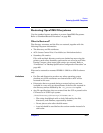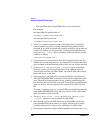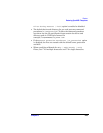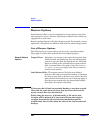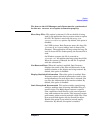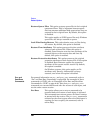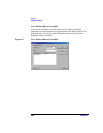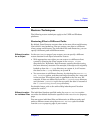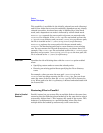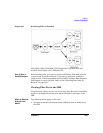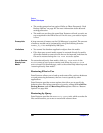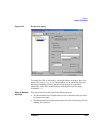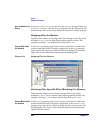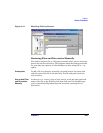
Restore
Restore Techniques
Chapter 6 299
Restore Techniques
The following restore techniques apply to the UNIX and Windows
platforms.
Restoring Files to Different Paths
By default, Data Protector restores data to the same client and directory
from which it was backed up. You can restore your data to a different
client system and directory. For individual files and directories, you can
specify a different path and different name.
Different Location
for an Object
In the Destination page of your restore, you can specify a different
restore location for an object selected for restore:
• With appropriate user rights you can restore to a different client
system by selecting the client system in the Target client
drop-down list. By default, Data Protector restores the object using
the same directory structure. For example, if the object was originally
backed up from the C:\temp directory on system A, it will restore
the data to the C:\temp directory on system B.
• You can restore to a different directory by selecting the Restore to
new location option, and then entering or browsing for a new path
in the text box. The original path is appended to the new one. For
example, if data was backed up from the C:\sound\songs directory
and you enter \users\bing as the new path, the data is restored to
the C:\users\bing\sound\songs directory.
For detailed steps, refer to the online Help index keyword “location
options for restore”.
Different Location
for Individual Files
The individual location specified under the Restore As/Into option
overrides the default destination specified in the Destination property
page.
You can restore individual files and directories to different paths and
under a different name using the Restore As/Into option available
from the Source property page of your restore.



